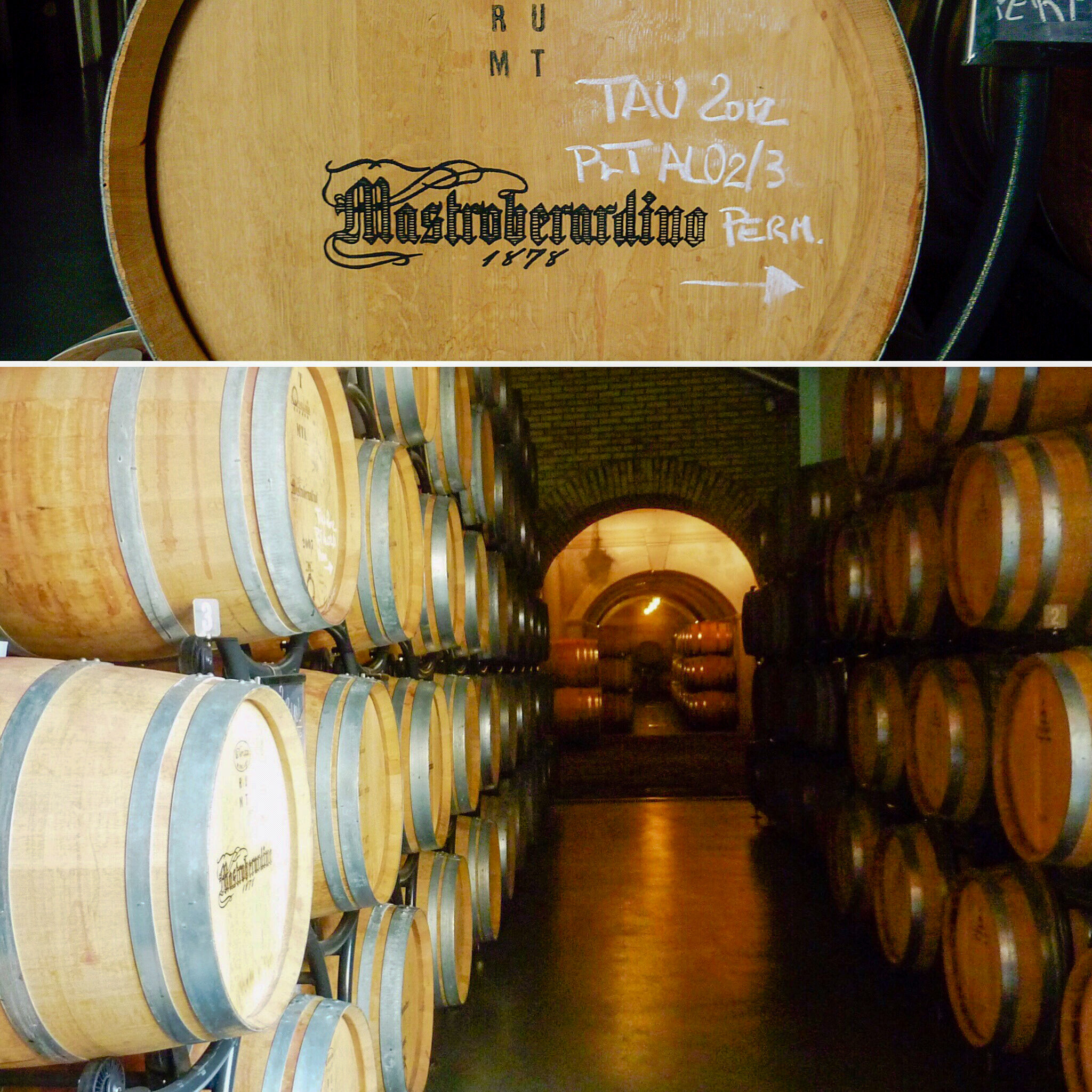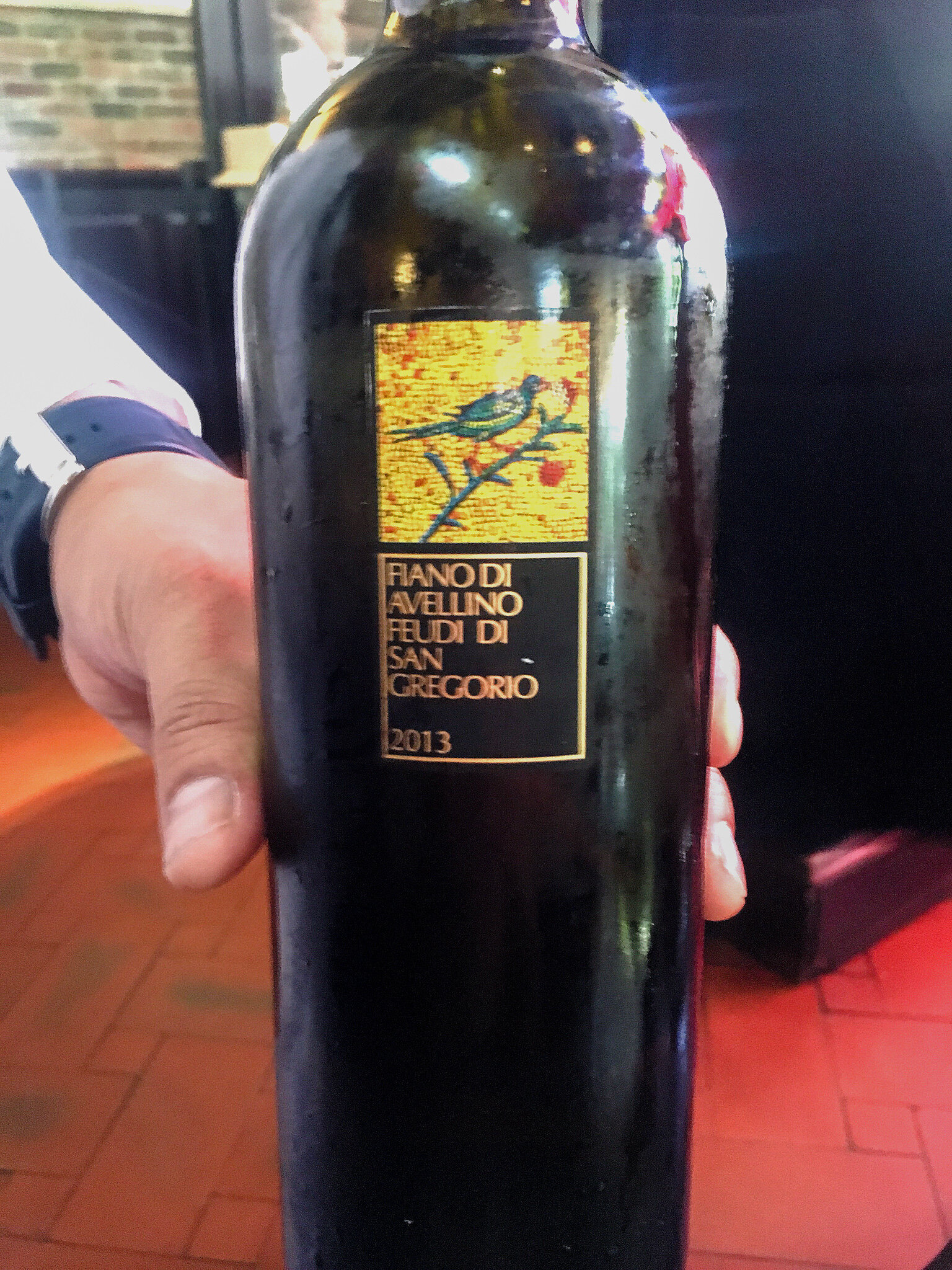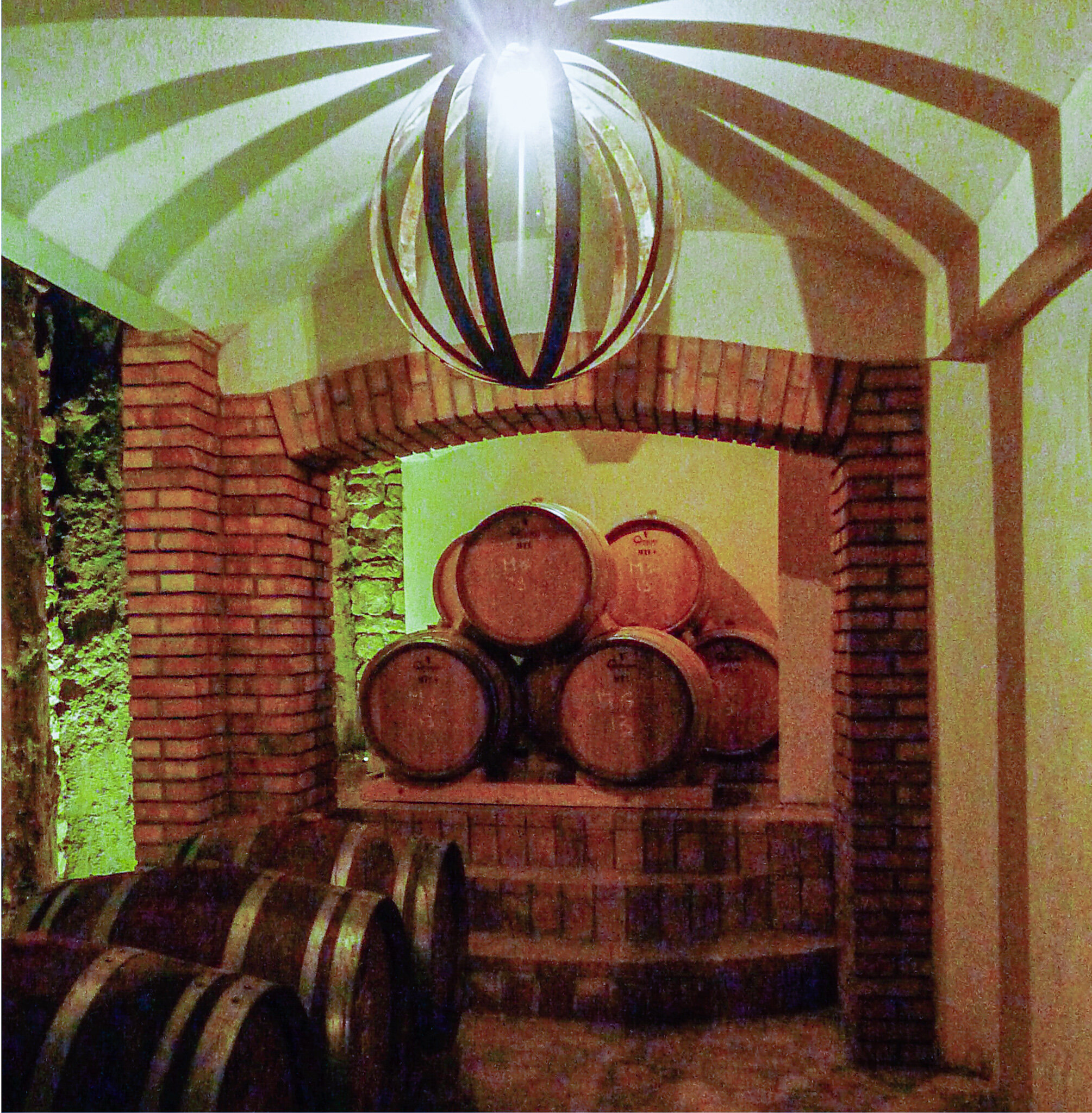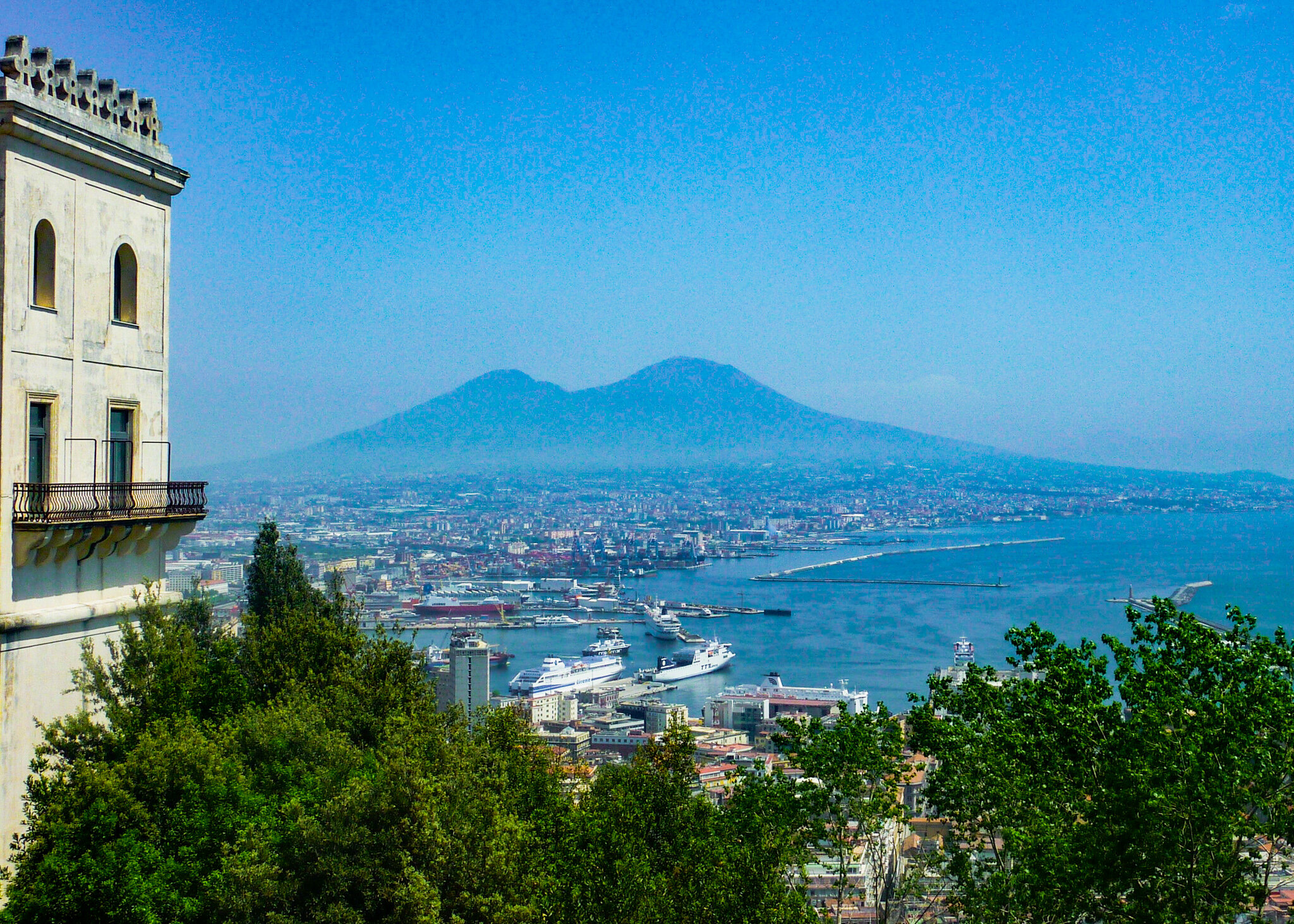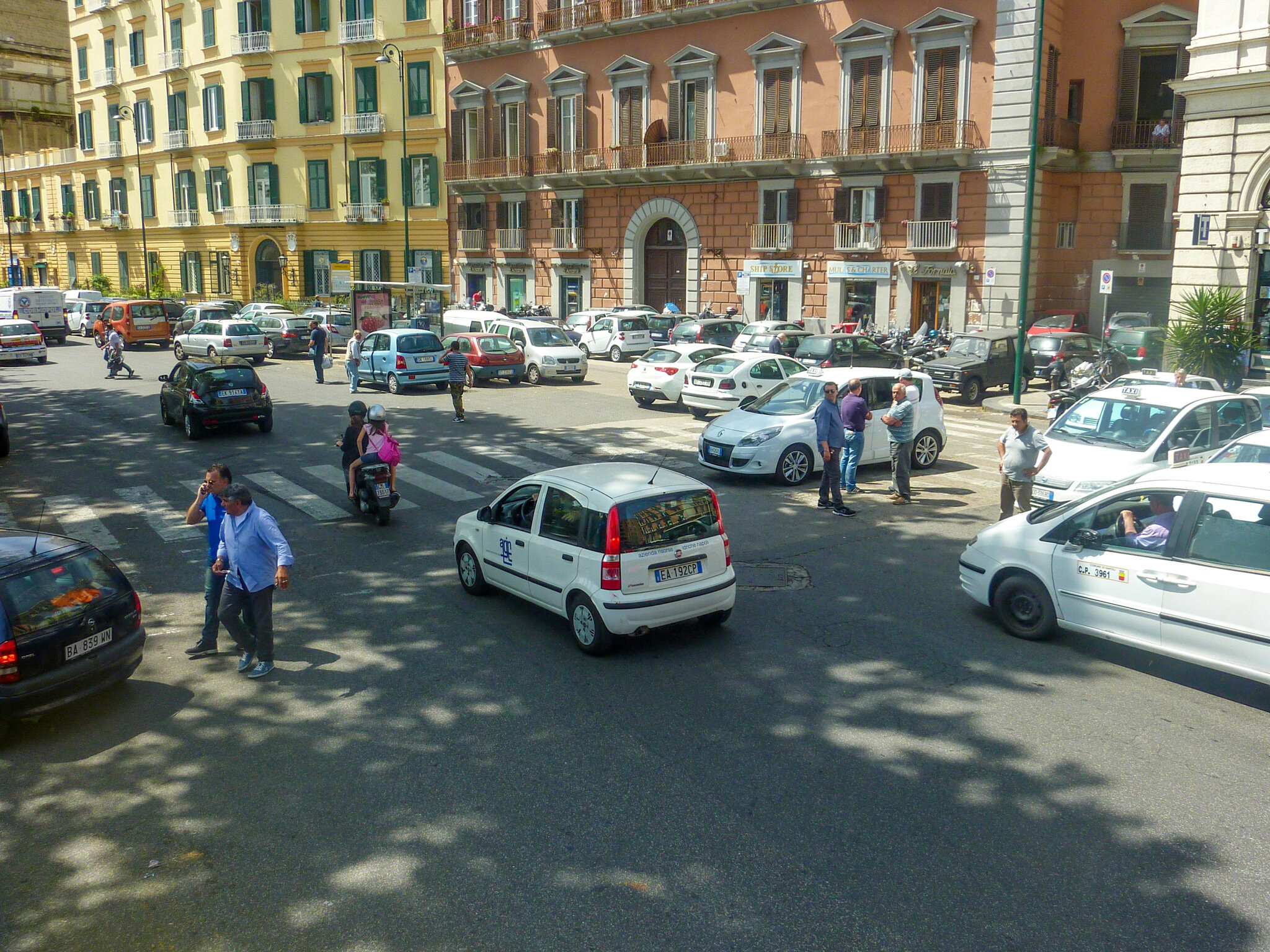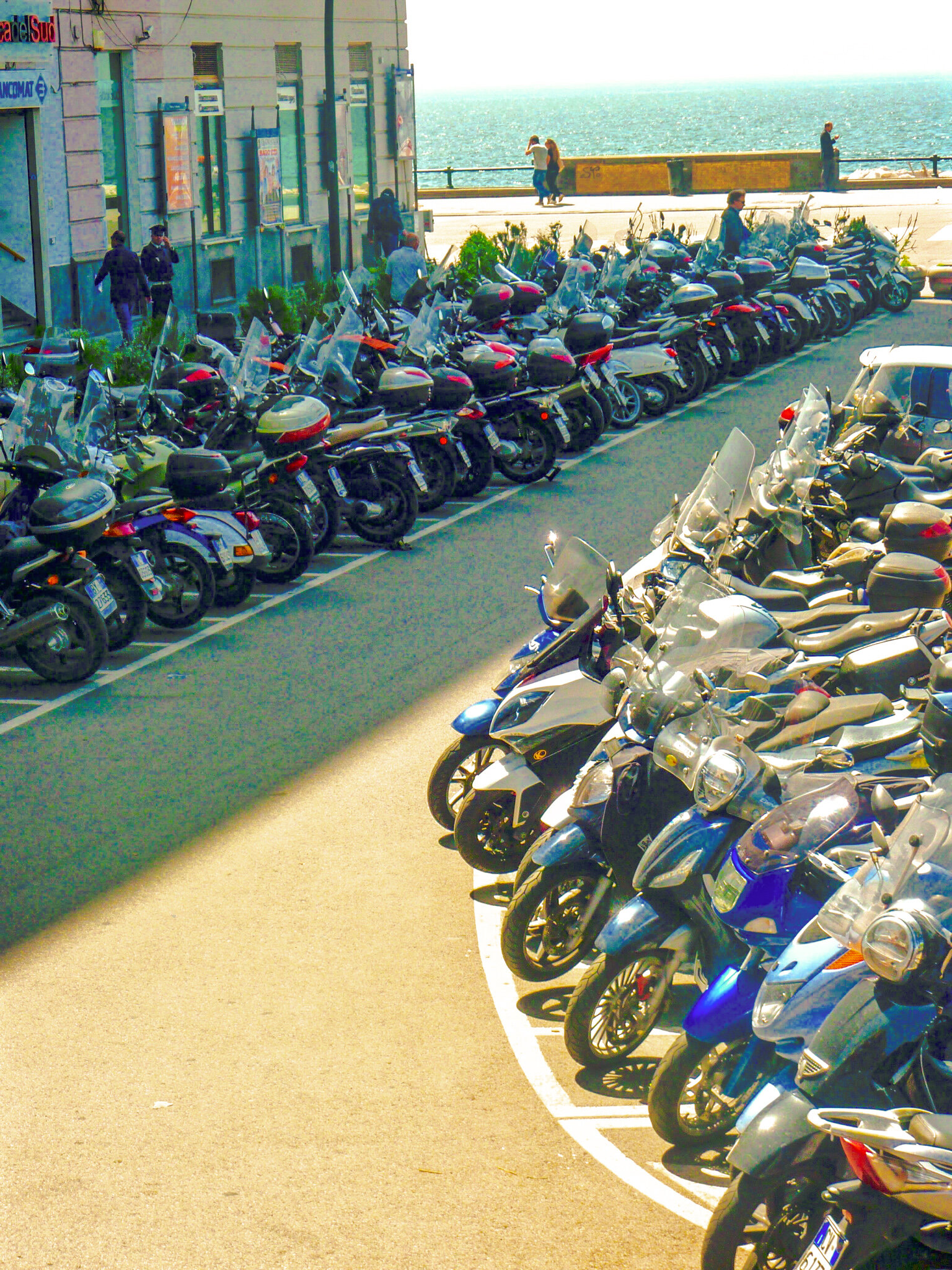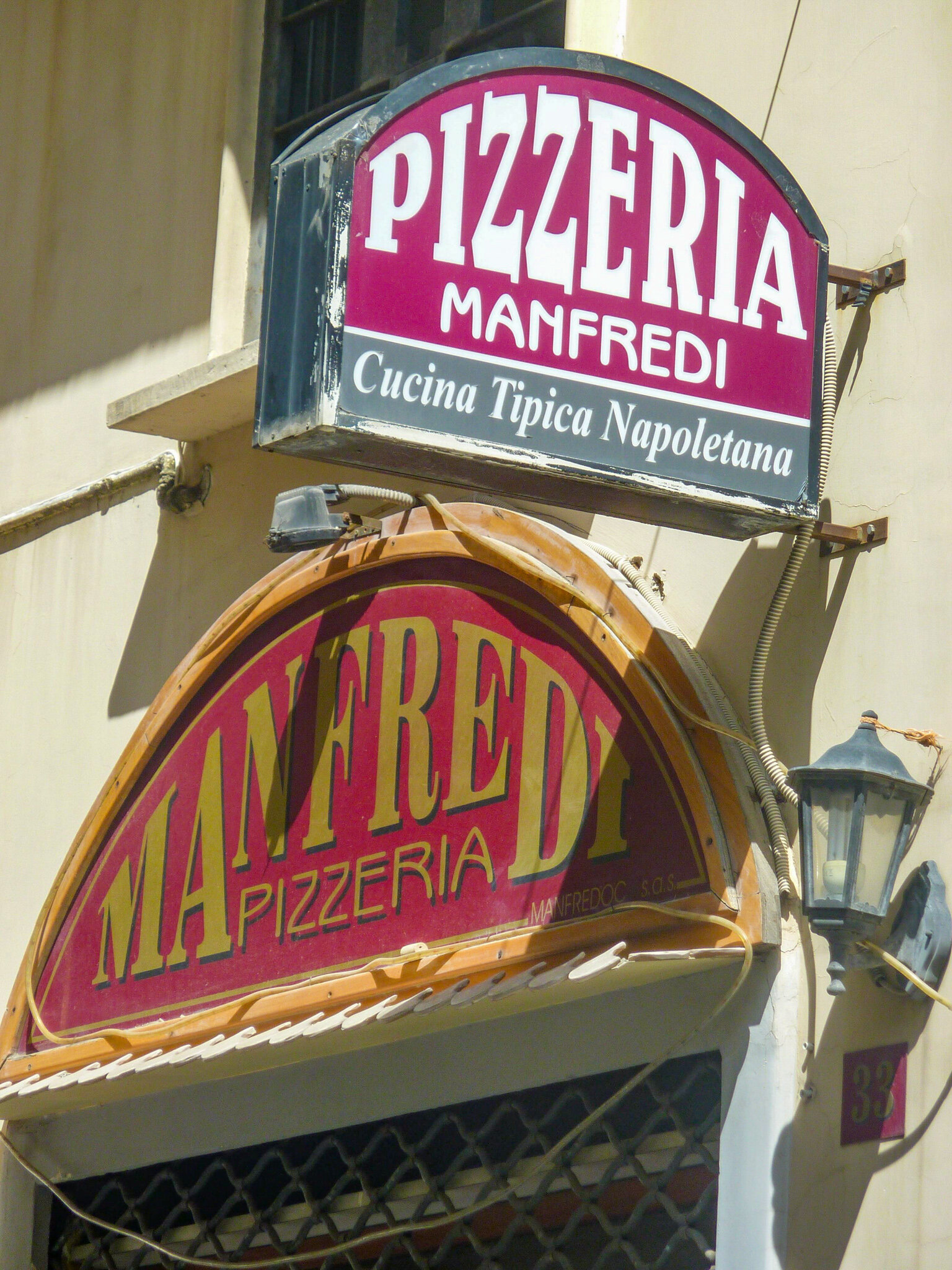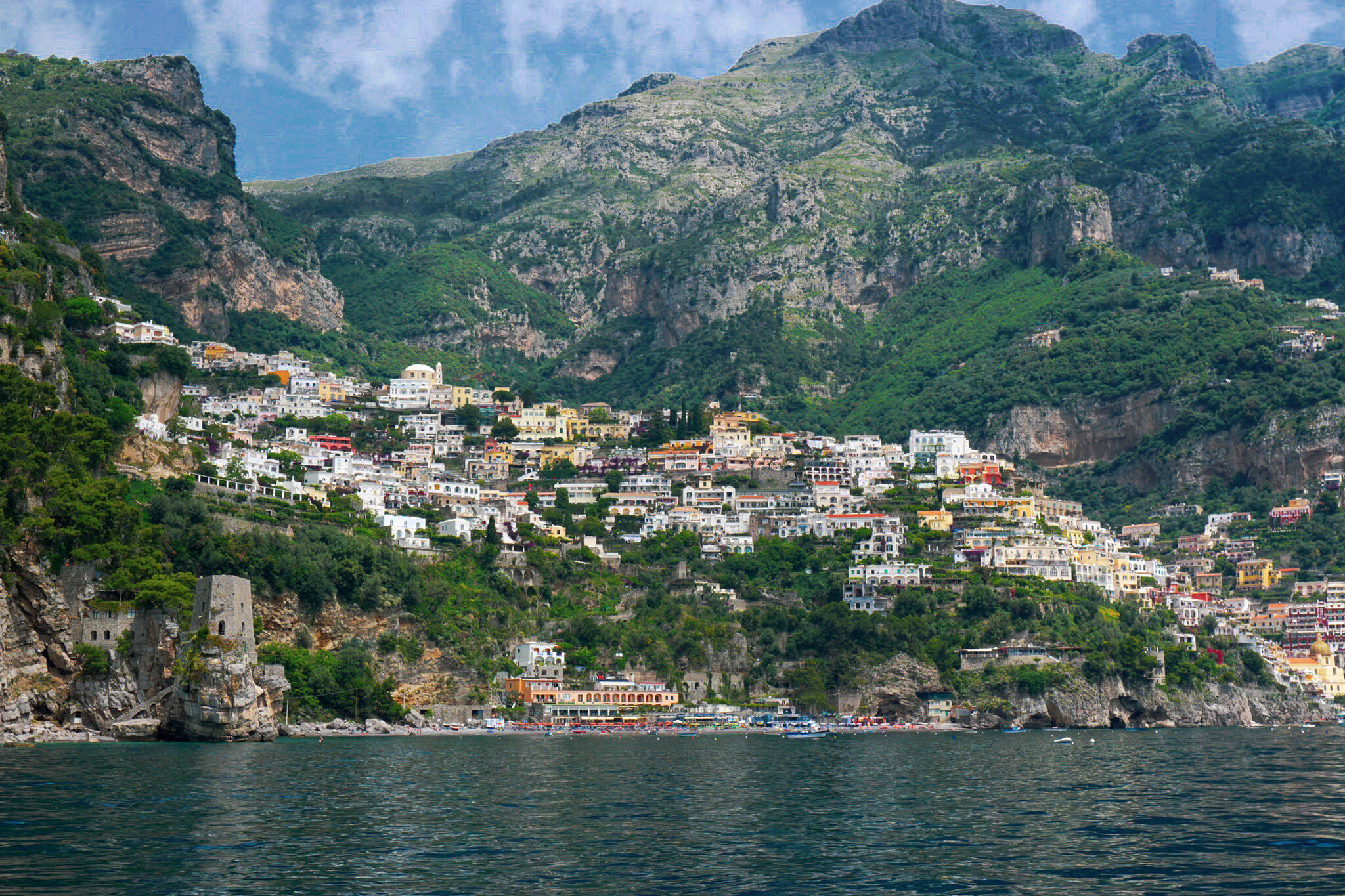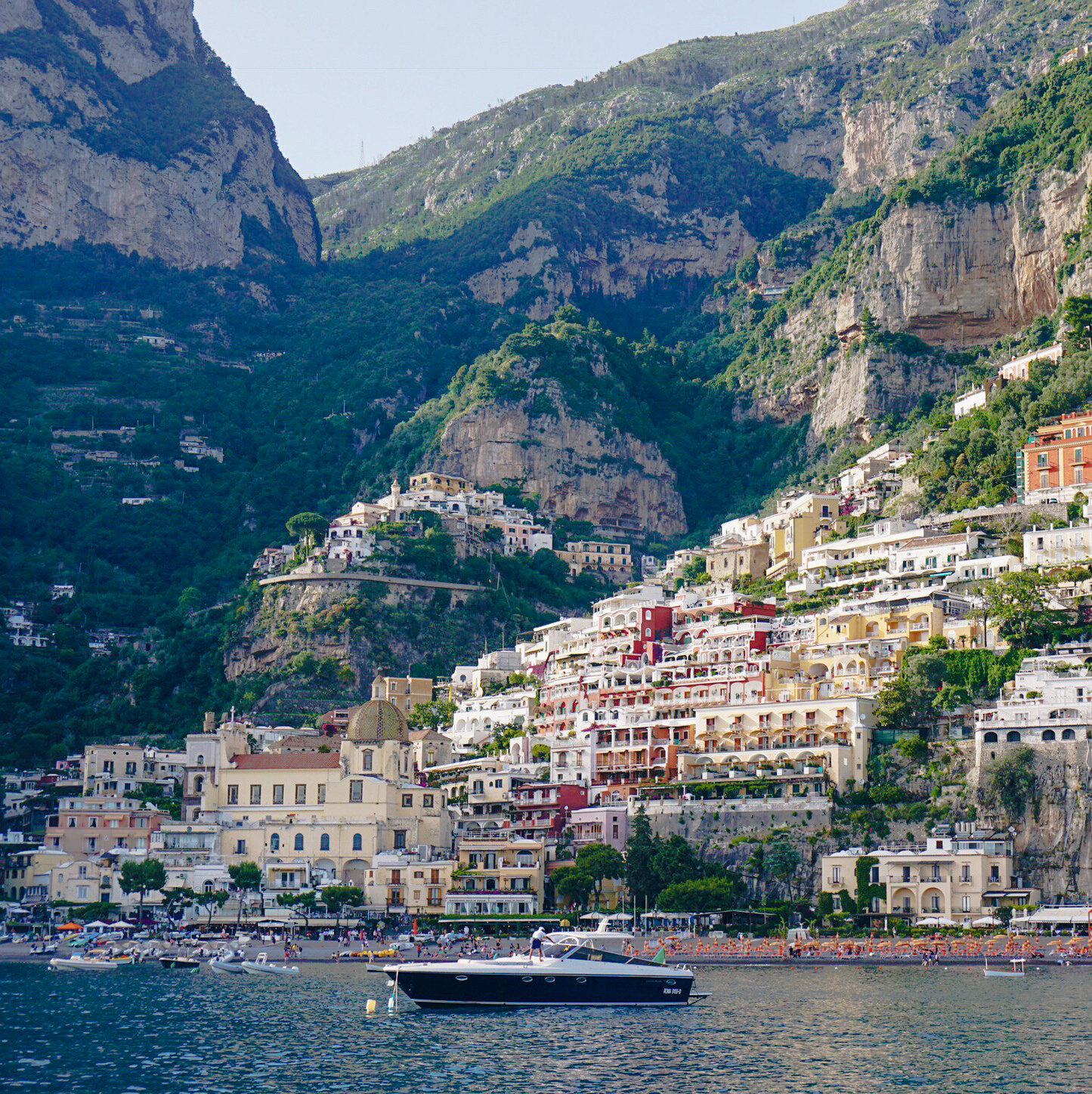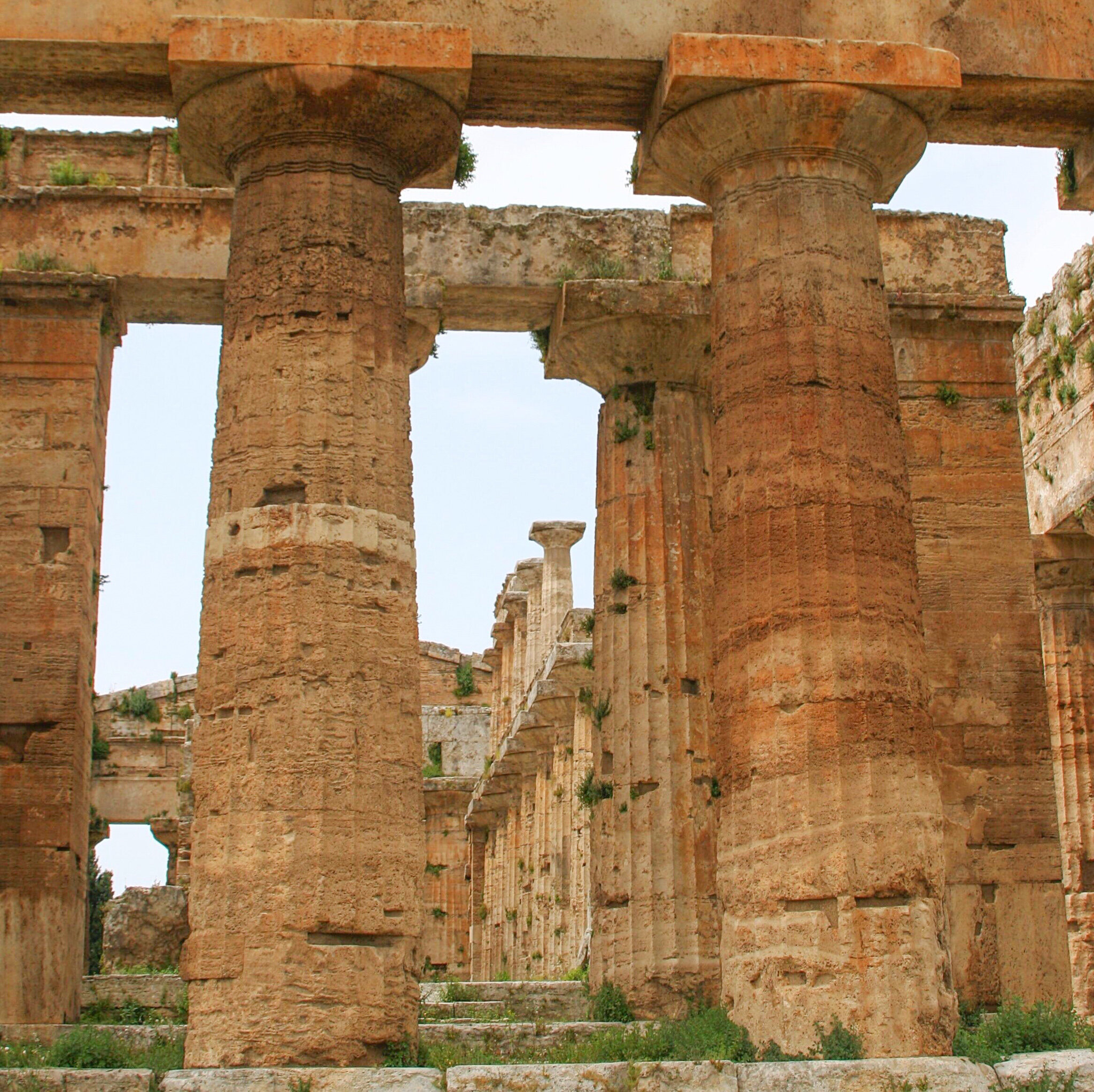Campania: Wine Travel
Campania has so much to offer; historical sites without hordes of tourists, food that you will love (it is where they invented pizza), indigenous grapes that you'll be happy you've found, and a coastline like no other. Whether you're a food and wine lover, history buff, or just looking for a scenic location to relax and unwind, you’ll find it in Campania.
The Amalfi Coast should be on everyone's bucket list, a place that will stay with you and keep calling you back. It has some of the most jaw-dropping settings with picturesque towns that cling to the jagged cliffs looking like they will tumble into the sea. You probably should make this your last stop in the region, so you're not tempted to stay on forever. Oh, and try the Limoncello, this region has the most ginormous lemons I've ever seen.
THE WINE REGION(S):
In my humble opinion, Campania is making some of Italy's most exciting wines, and if you have the opportunity, I urge you to go. Many of the fabulous wines are from family-run properties, where you will meet the family and share in their passion for the region. These wineries are small, and as a consequence, they are making genuinely excellent wines from their few estate-grown grapes.
Directly inland from Naples, about an hour's drive into the foothills and mountains of the Apennines is the Irpinia region. Irpinia’s fertile soils are filled with volcanic ash from Mount Vesuvius. Driving through this green landscape, you will find beautiful rolling hills, high elevation vineyards, and mountaintop towns.
Campania has four DOCGs, two are for red wine, and two are for white, and they all reside in Irpinia. Taurasi and Aglianico del Taburno both focus on the red Aglianico grape, and Fiano di Avellino and Greco di Tufo are both white grape varietals. The most prestigious DOCG is Taurasi, where they require a minimum of 85% Aglianico and aging for three years, four for reserve.
Other DOCs exist throughout Campania. Most notably, Costa d'Amalfi, where there is a big difference in these wines with the influence of the sea. A few producers have vineyards that cling to the hillsides and make powerful whites from rare indigenous varieties. A favorite is Cantine Marisa Cuomo, and the views are unbeatable.
The hillsides of Mt. Vesuvius is where the Lacryma Christi wine is made, meaning “heavenly tears” and is said to be named for the “tears of Christ.” The white wine is made from Coda di Volpe, which translates to “foxtail”, which the grape cluster looks like. The red is made from the local Piedirosso grape.
THE GRAPES AND WINE:
The Greeks introduced vines to Campania around 800 BC, making it one of the oldest grape-growing regions in Italy. Hence the names Greco, from the word Greek, and Aglianico, from hellenico (meaning Greek). Of the 300 grape varieties known to grow in Campania only 15 of them are being cultivated today. Four of the main grapes and wines are as follows;
Aglianico:
The standout red grape varietal is late-ripening, thick-skinned with naturally high acidity. The wines tend to be bold, structured, complex, and need age to tame the tannins. This grape thrives in these higher altitudes, and volcanic soils bring out its power. They are often blended with the Piedirosso grape, another local red varietal that acts as a softening agent.
Greco di Tufo:
Dark gold in color, heavier in body, and possessing mineral depth. Perhaps this comes from the volcanic tufa stone, which is chalky white and yellow or influenced by the nearby sulfur mines.
Fiano:
Floral on the nose smelling of white flowers, dry, medium-bodied wine with a nice minerality, and tend to have a sage or bitter taste to the finish. This grape is also noted for its ability to age and can add a bit of creaminess as it does.
Falanghina:
Another dry, acidic white whose body, like the others, gives it a little more interest than just a light refreshing wine. These tend to be more citrus and can have a nutty touch to them. This grape is often used in the areas sparkling wines.
TO VISIT:
The two heavyweights in terms of volume, availability, and reputation are Mastroberardino and Feudi di San Gregorio. From there, there is a small smattering of medium-sized producers and then an ocean of tiny family producers making wines with a ton of possibility.
Mastroberardino is the oldest and most well-known producer, a must-visit for the history of the region. The family started making wine in 1734, and in the mid-1800’s they were well known to the world exporting their wines to Brazil, Argentina, and North America. Then phylloxera, followed by wars, spread their havoc. As they began to bring back abandoned vineyards, they rescued the Fiano grape from distinction. In the late ‘90’s they started the Pompeii Project, to recover the ancient techniques of vine growing and to reintroduce them. Vines from the ancient grapes Piedirosso, Sciascinoso, and Aglianico have been planted in the same areas cultivated with the vineyards of antiquity. These vines are grown on Mt. Vesuvius and adapted best to the soil in Pompeii. You’ll enjoy a wonderful visit through their cellars with brightly painted ceilings filled with mythical scenes of scampering fauns and dancing goddesses.
Feudi di San Gregorio is the new generation of Irpinian winemaking with the most modern winery of the region. They make wines with indigenous and European grapes, several single-vineyard bottlings, and they produce a sparkling wine. Their restaurant is Michelin starred and a pleasant place to enjoy a meal looking out over the vineyards.
Quintodecimo run by Luigi and Laura Moio in Mirabella D'eclano near Taurasi, whose family has a long tradition of winemaking. Luigi studied viticulture and winemaking in France, once back in Italy, he undertook the task of winemaker at various prestigious Italian wineries. Luigi is a perfectionist, and loves to experiment rigorously in order to get the best results possible, some claim he is the one who tamed Aglianico.
Cantine Antonio Caggiano has spectacular views of the mountains, yet much of the winery plays out underground. Tunnels with aging rooms and caverns all under the town of Taurasi.
A father-daughter combo runs Cantine Lonardo with vineyards in Taurasi over 50+ years-old. Sandro Lonardo used to sell his grapes until his daughter became interested, and then it became a family affair.
We had a delightful visit to Cantine di Marzo in Tufo, learning the history of the sulfur mines and the fascinating account of the family winery. This winery really should not be missed to understand the history of the Greco di Tufo grape.
TO STAY and EAT:
We found the town of Benevento to be a lovely home base for exploring the Irpinia wine region, though technically it resides in the Sannio region and home to Falanghina. History abounds for such a small place, with sites from its prominence in the Roman Empire. The Roman Theatre holding 10,000 people dates back to the 2nd century AD. The city’s Trajan’s Arch, was built-in 114 AD, now leads you into the pedestrian-only main streets. The traditional evening stroll is lovely to join, and we found the people here to be so welcoming.
We stayed at Hotel Villa Traiano, near the Arch and centrally located, you could leave your car there and easily explore the city.
Trattoria Nunzia is a must. I’m sure Nunzia, Momma, has been cooking her entire lifetime. Once her son seats you, she comes over and sits with you, and tells you what is on the menu. Sometimes her son has to translate a dish or two, but it is such an endearing experience. The food is plentiful and, as they say, cooked with love.
ALONG THE ROAD TO WINE:
Naples:
I would add Naples to the list of Italian cities to explore; it has a beautiful natural setting on the bay with Mount Vesuvius looming in the distance. Naples has a reputation of being a gritty city; to me, I would describe it as a “real” Italian feel; there’s an energy. At first, it may seem a little crazy, the hum of Vespa's always present, and four people piling on and zooming past you. It’s part of the makeup that makes the city so vibrant and the people so animated. Looking beyond the mayhem, you’ll see the grandeur this city possessed when it ruled all of southern Italy.
As far as food, it is credited as the birthplace of pizza! Which similar to New York or Chicago, everyone has their favorite and is taken very seriously; there's even a governing body to make sure the highest quality of ingredients are used. These pizzas are very thin crust, which blisters in the wood fire ovens burning at 700-800 degrees. The typical toppings are buffalo mozzarella and fresh tomatoes topped with basil - the Margherita, which also happens to be the colors of the flag. You should also explore the street food scene, with Arancini a standout, a crispy fried rice ball filled with cheese or ragu. Last but not least, you must try a Sfogliatelle pastry filled with a delicious ricotta mixture (heavenly).
What I'll always remember about our time in Naples is the fun-loving people who have this zest for life. They took us under their wings and shared their favorite wines, our first time trying Greco di Tufo. A lively conversation went on for some time on where to get the best pizza and which restaurants we should try. We parted with hugs and well wishes (and a list of places that would take us at least a week to cover).
A historical stop on the way to Amalfi is Pompeii, reminding us of the sheer force of Mother Nature. This is probably the most famous archeological site in southern Italy, buried under ash and pumice after the catastrophic eruption of Mount Vesuvius in 79 AD.
The Amalfi Coast:
As the saying goes, “a picture is worth a thousand words.”
A tour of Amalfi starts in Sorrento and ends in Vietri sul Mare. Sorrento sits on the other side of the Bay of Naples and is the gateway to the Amalfi Coast. The historic center is a charming town filled with narrow streets that are easy to get around on foot. Vietri sul Mare is the most southern town on the coast and known for its pottery. Make a stop here if you are looking for the best pottery deals.
The best decision we made was to hire a driver and stay in the irresistible town of Positano. For all the insights on what to see and do, check out my Travel Guide.
Paestum:
South of the Amalfi coast, in the Salerno region, you'll hit the trifecta with history, food, and wine. First, stop at an Agriturismo to experience the making of buffalo mozzarella. Follow this up by exploring the ancient ruins of Paestum. A remarkable site with some of the most well-preserved Greek temples outside of Greece. Finish the day at a winery to taste what this region offers; Luigi Maffini is an excellent example.
Campania is a region of survivors; they’ve been heavily bombed in wars and shaken by earthquakes. It retains a unique character with some of the most hospitable people who will endear you to their home ❤️






